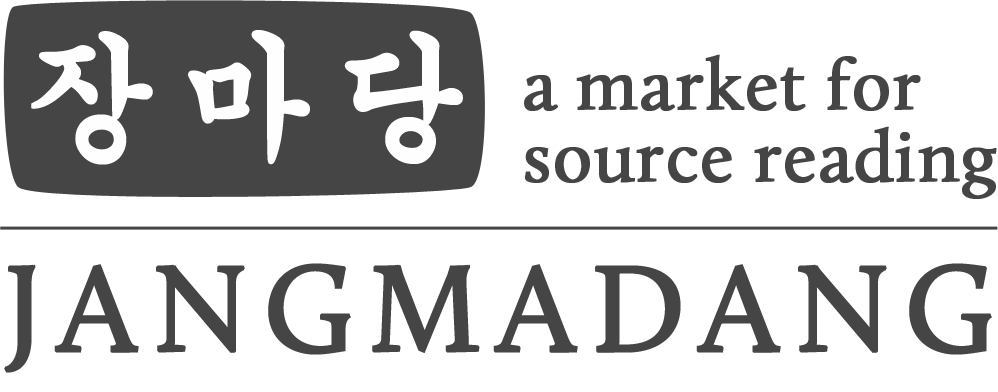Putting Food on the Table: Rice Back in the News
This past week, a new story about the price of rice in North Korea bubbled to the surface. Published on March 11th by the Wall Street Journal, the article sourced Daily NK and the Japanese daily Mainichi Shimbun for rice prices and Yonhap News for context. It suggested that current rice price increases might, in effect, represent a proxy, or at least symbolic evidence, of enforcement of UN sanctions by the Chinese government.
However, there is little evidence with which to credibly underwrite such a conclusion. Rather, while optimists (of a quixotic sort) might look for the invisible hand of China enforcing sanctions, limiting exports to North Korea and thus condemning food insecure demographics to daily hunger; a different type of invisible hand is almost certainly at work.
Yes, rice is expensive. But, it has been “unnaturally” expensive for quite a long time. Indeed, it has been high for so long now that “natural” and “unnatural” price points have arguably lost a lot of their meaning. Inflation has been more or less a constant feature since 2009, save for a handful of temporary corrections borne of agricultural and/or political factors. Sadly, for as long as the North Korean government continues to sow the seeds of uncertainty at home and abroad, this will not change.
Rather than Chinese sanctions enforcement, there is much better evidence for causality closer to home. For example, take state-driven demand for foreign currency. Massive military exercises, such as those going on simultaneously right now all over North Korea, are not cheap. According to South Korean intelligence, the North Korean air force ran seven times the 2012 average daily number of sorties on March 11th. If you do that every day, it is going to add up, and jet fuel, it goes without saying, is imported. As in any other economy, state spending squeezes out private sector spending, and whereas the North Korean authorities are certainly irresponsible enough to print money to finance domestic balance-of-payments deficits, Chinese capitalists don’t take North Korean Won. Ergo, the exchange rate rises, and so does the price of rice. This is not a new problem: for example, the economy felt a similar burden in 2010-2012, when assorted state entities sucked up a disproportionate amount of foreign exchange to pay for materials for the construction of housing units on Changjeon Street in Pyongyang.
That’s not the only problem with military exercises, however: they also lead to market closures, hinder transportation links, and force women who would ordinarily be trading (or buying) to go and spend time in underground shelters. In other words, they clog up the functioning of the market economy, and drive up prices.
There are also political reasons why rice is getting more expensive. Notably, there is the impending arrival of April, when the clash between North Korea’s money-driven reality and ideologically driven grandeur reaches its annual peak. It is a fight that ideologically driven grandeur still has the power to win, leading to closed national borders, no entry to Pyongyang for wholesalers for a number of weeks, mass mobilization to celebratory events, closed markets nationwide and all the inherent instability that mass displays of loyalty demand. April also leads to state-driven demand for imported gifts to feed the gigantic patronage network that oils the wheels of loyalty, and for grain to provide “special distribution” to ordinary citizens. Patronage also sucks foreign exchange out of the system, and, just as with 700 air force jets, it must be fuelled in advance.
Blog by: Christopher Green








Reblogged this on asianfoodeconomics.